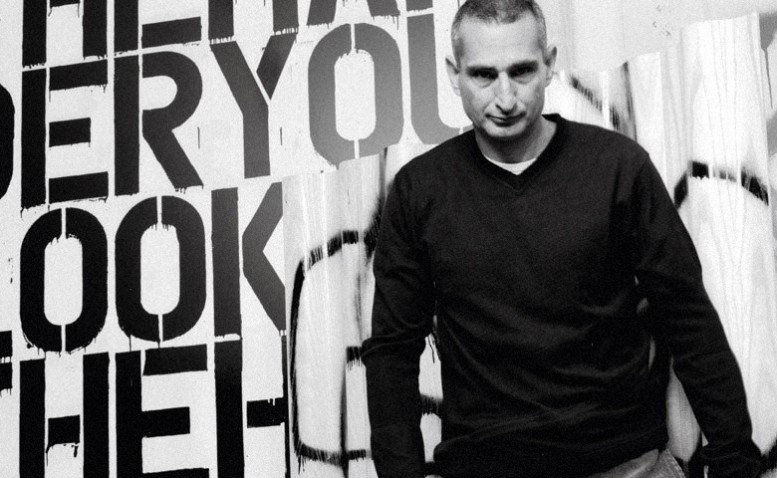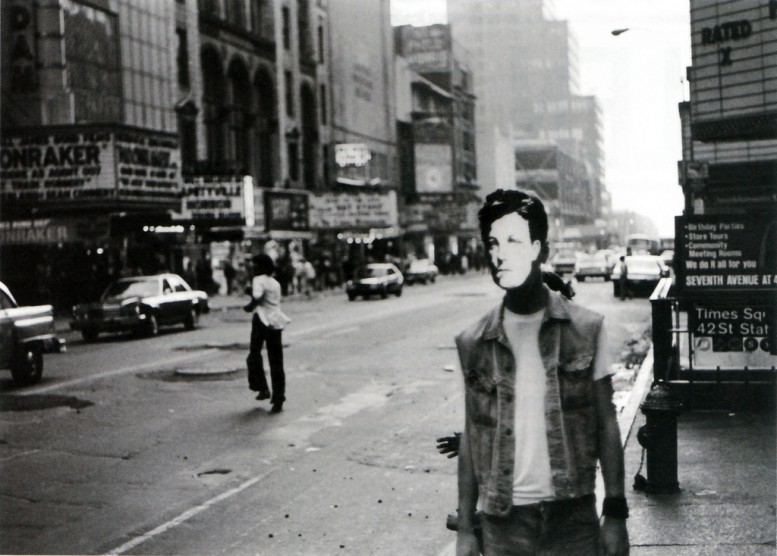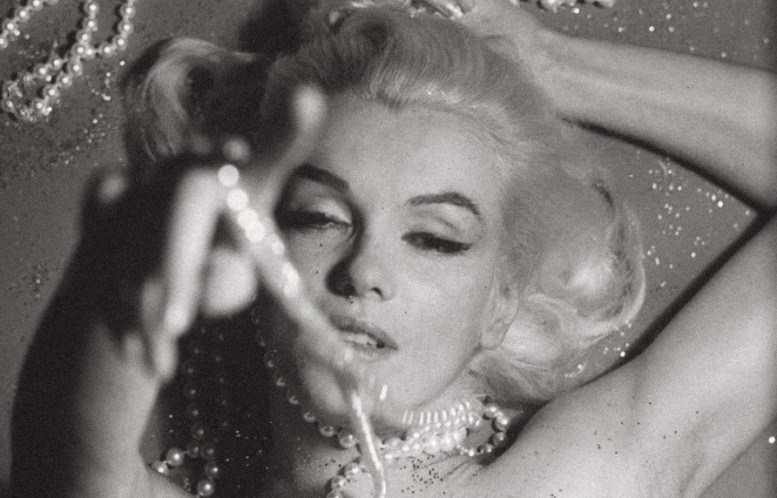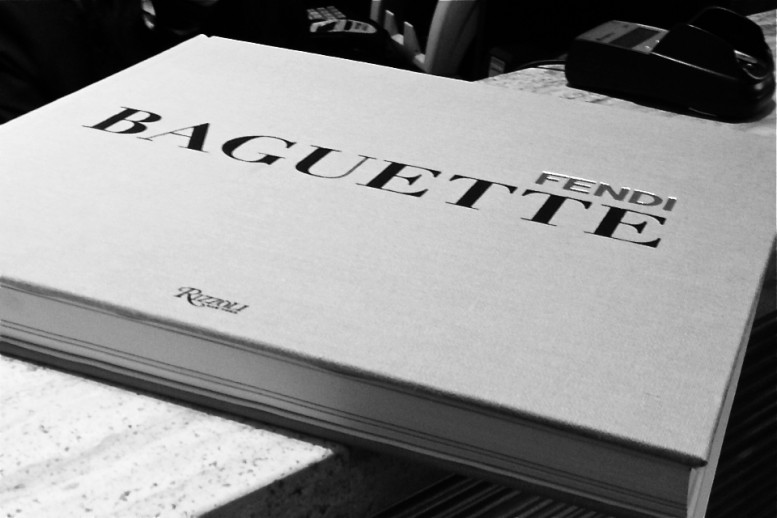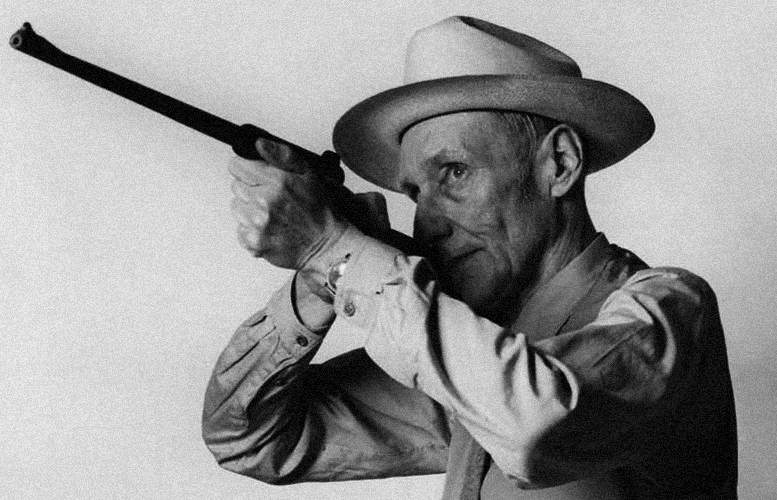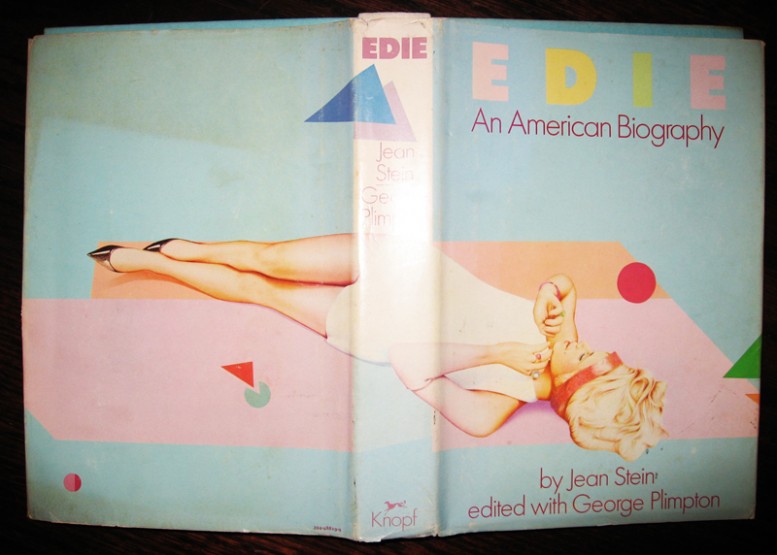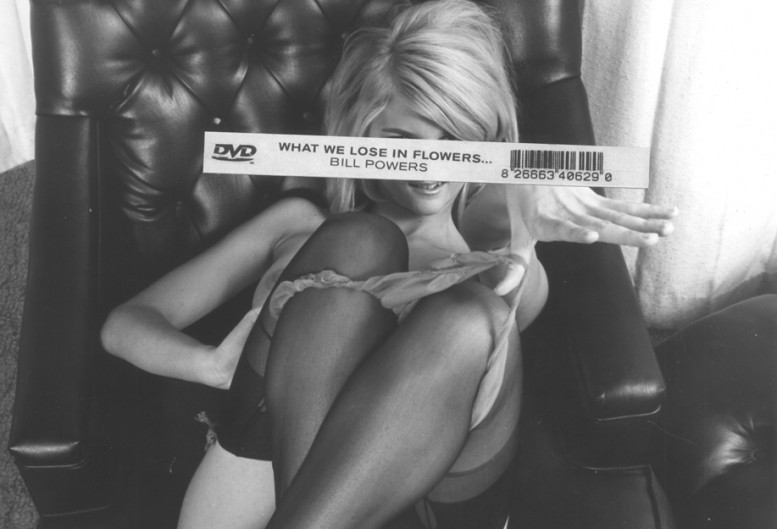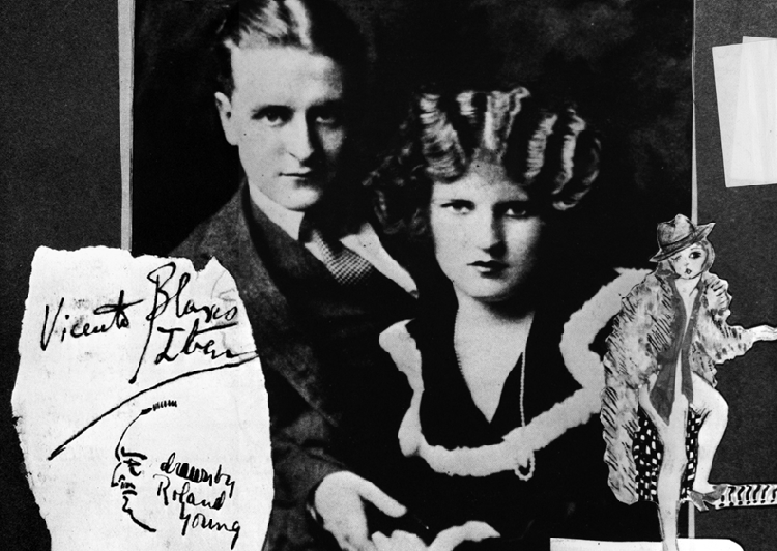In-your-face, achingly simple, deceptively frank, the work of Christopher Wool is so very New York. Though he owes a debt to abstract expressionism and pop art, he completely transcends—even demolishes—these genres. Whether it’s a text-based painting or an abstract spray-painted piece, his work is immediately engaging. Wool questions painting, like many other artists in his generation, but he doesn’t provide any easy answers. “The harder you look the harder you look,” he puts it in one of his word paintings, and that is an excellent example of how he states the obvious whilst provoking us to think deeper about what seems obvious. This September a new monograph will be available on Taschen – In over 400 pages, all of Wool's work phases are covered in large-scale reproductions, accompanied by production Polaroids and installation photos by Wool himself. Essays and analyses by Glenn O’Brien, Jim Lewis, Ann Goldstein, Anne Pontégnie, Richard Hell, and Eric Banks.
Sophie Calle's Address Book Published For the First Time
Never before published in its entirety in English, The Address Book is a key and controversial work in Sophie Calle’s oeuvre. Having found a lost address book on the street in Paris, Calle copied the pages before returning it anonymously to its owner. She then embarked on a search to come to know this stranger by contacting listed individuals—in essence, following him through the map of his acquaintances. Her written accounts of these encounters with friends, family and colleagues—juxtaposed with Calle’s photographs—originally appeared as serial in the newspaper Libération over the course of one month in 1983. As the entries accumulate, so do the vivid impressions of the address book’s owner, Pierre D., while also suggesting ever more complicated stories as information is gifted, parsed, and withheld by the people she encounters.hen Pierre D. learned about the work and its appearance in the newspaper, he threatened to sue (and demanded that Libérationpublish nude photographs of Calle as a reciprocal invasion of privacy). Calle agreed not to republish the work until after his death. Part conceptual art, part character study, part confession, part essay, The Address Book is, above all, a prism through which desire and the elusory, persona and identity, the private and the public, knowledge and the unknown are refracted in luminous and provocative ways. The Address Book can be purchased here.
The Life and Times of David Wojnarowicz
In December 2010, the National Portrait Gallery in Washington made headlines when it responded to protests from the Catholic League by voluntarily censoring an excerpt of David Wojnarowicz's A Fire in My Belly from its show on American portraiture. Why a work of art could stir such emotions is at the heart of Cynthia Carr's Fire in the Belly: The Life and Times of David Wojnarowicz

Monroe by Norman Mailer and Bert Stern
On the anniversary of Marilyn Monroe's death – August 25th – Taschen will release a hardcover version of Norman Mailer/Bert Stern: Marilyn Monroe. Taschen has paired Norman Mailer’s original text with Bert Stern’s photographs from the legendary Last Sitting—widely considered the most intimate photographs of Monroe ever taken—to create a fitting tribute to the woman who, at the time of her death in 1962, was the world’s most famous, a symbol of glamour and eroticism for an entire generation. But though she was feted and adored by her public, her private life was that of a little girl lost, desperate to find love and security. Mailer’s Marilyn is beautiful, tragic, and complex. As Mailer reflects upon her life—from her bleak childhood through to the mysterious circumstances of her death—she emerges as a symbol of the bizarre decade during which she reigned as Hollywood’s greatest female star.
Artists in Love
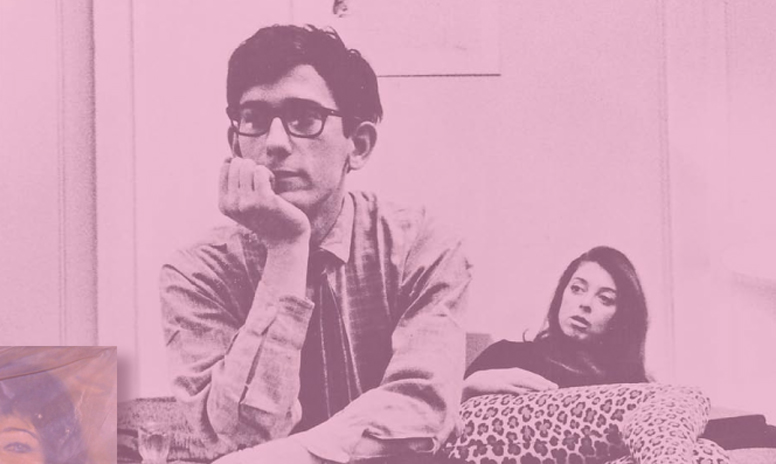 Christo and Jeanne-Claude
Christo and Jeanne-Claude
For centuries, great artists have been drawn together in friendship and in love. In Artists in Love


Robert Longo: Charcoal
Robert Longo's mastery of charcoal drawing has made him one of America's most admired artists. With every new work he reinvests the tradition of history painting with fresh relevance and impact, rendering majestic, era-defining images in a sensuous and sculptural photorealism. A new volume, entitle Robert Longo: Charcoal, surveys Longo's drawings of the past two decades, from Magellan and the Freud cycle to Monsters (2000), Sickness of Reason (2003), Ophelia (2002), Beginning of the World (2007) and others. Robert Longo was born in Brooklyn in 1953. In the late 1970s and early 1980s, Longo collaborated with musicians loosely associated with New York's No Wave movement, such as Glenn Branca, Rhys Chatham and Jonathan Kane, and formed the band Robert Longo's Menthol Wars. In the 1980s, as his Men in the City drawing series was winning him critical acclaim, Longo also directed several music videos, including New Order's "Bizarre Love Triangle" and R.E.M.'s "The One I Love." In 1995 he directed the cyberpunk film Johnny Mnemonic, starring Keanu Reeves, Dolph Lundgren and "Beat" Takeshi. Robert Longo: Charcoal will officially be available on June 30, but is available for preorder now.
Fendi Baguette
This is the first book to focus on the Fendi Baguette. Launched in 1997, the so-called Fendi Baguette instantly became one of the most popular and most important accessories of the decade, earning Fendi the Fashion Group International award for accessories in 2000 and creating an enduring style icon that women the world over coveted and collected with passion. This illustrated book celebrates the Baguette—a story of craftsmanship, artisanship, connoisseurship, and design. A deceptively small, simple handbag to be carried under the arm like the French loaf from which it takes its name, the Fendi Baguette has been produced in more than 700 models. Some are simple and understated, while others feature unique or deluxe materials, such as embroidery, sequins, beading, leather, fur, or crocodile skin. Some are embellished with precious stones, while others are wild, limited-edition works of art designed by artists such as Damien Hirst, Richard Prince, and Jeff Koons. Fendi Baguette with a hardcover by Rizzoli can be purchased here
The Life and Times of Richard Brautigan
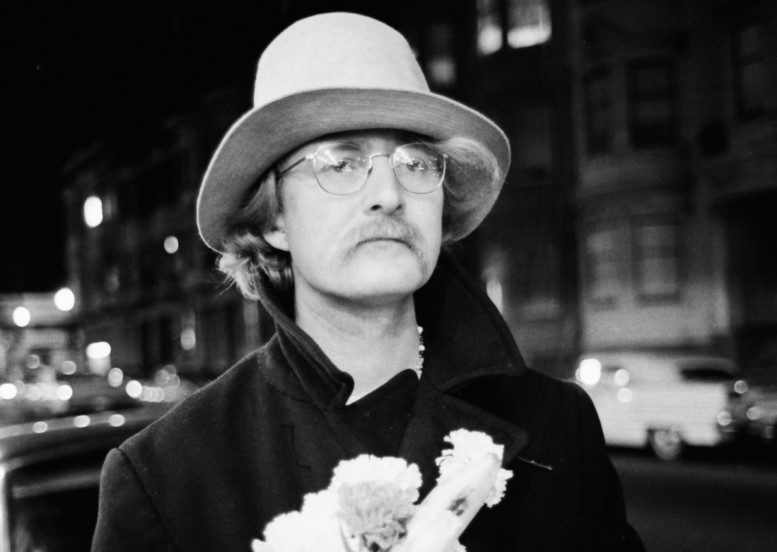
"Messy, isn't it," his suicide note read. Confident and robust, Jubilee Hitchhiker is an comprehensive biography of late novelist and poet Richard Brautigan, author of Troutfishing in America and A Confederate General from Big Sur, among many others. When Brautigan took his own life in September of 1984 his close friends and network of artists and writers were devastated though not entirely surprised. To many, Brautigan was shrouded in enigma, erratic and unpredictable in his habits and presentation. But his career was formidable. Brautigan’s career wove its way through both the Beat-influenced San Francisco Renaissance in the 1950s and the “Flower Power” hippie movement of the 1960s; while he never claimed direct artistic involvement with either period, Jubilee Hitchhiker also delves deeply into the spirited times in which he lived. Part history, part biography, and part memoir this etches the portrait of a man destroyed by his genius.
H is For Heroin
A selection of books on display at artist Richard Prince's rare bookstore Fulton Ryder in NYC.
Rub Out The Words
Rub Out The Words, the long awaited compilation of letters of William S. Burroughs.
Chet Baker's Lost Memoir
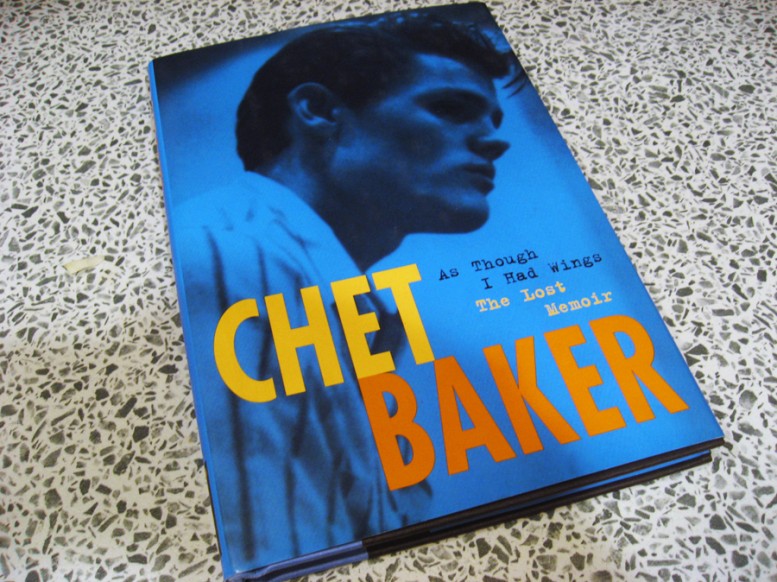 Thanks to Michael Barrie for Chet Baker's lost memoir entitled As Though I Had Wings
Thanks to Michael Barrie for Chet Baker's lost memoir entitled As Though I Had Wings
[BOOKS] Seasons in the Sun
"In the mid-1970s, Britain’s fortunes seemed to have reached their lowest point since the Blitz. As inflation rocketed, the pound collapsed and car bombs exploded across London, as Harold Wilson consoled himself with the brandy bottle, the Treasury went cap in hand to the IMF and the Sex Pistols stormed their way to notoriety, it seemed that the game was up for an exhausted nation. But what was life really like behind the headlines?"Seasons in the Sun: The Battle for Britain – 1974 -1979 by Dominic Sandbrook covers a privotal moment in Britain's history with societal unrest and the rise of the punk movement.
An American Biography
"One night, when the parties were over, I guess she didn't want to sleep with somebody, so she asked me to share a room with her. She always had to have her glass of hot milk and a cigarette in one hand. In her sleep her hands kept crawling; they couldn't sleep. I couldn't keep my eyes off them. She kept scratching with them. Perhaps she just had bad dreams....I don't know, it was really sad." Andy Warhol on Edie Sedgewick
[LITERATURE] What We Lose In Flowers
Karma bookstore‘s in-house publishing house just released a novella, entitled What We Lose in Flowers, by art dealer and curator Bill Powers which tells the story of a Peter Beard, an artist in a failing relationship with a younger woman who used to date his son. The book opens with a quote from John Currin, “Culture is for old people. When you’re young you have your body, and that’s all you need,” and is dedicated to the recently deceased John McWhinnie, who introduced the artist Richard Prince (who designed the incredible DVD sticker cover) and Mr. Powers. This is actually a second book from Mr. Powers, a former editor at Blackbook, whose first was a novel titled Tall Island. You can purchase the book here.
The High Life
Wakefield Press just sent over their newest publication, entitled The High Life, by cult author Jean-Pierre Martinet (1944–1993) who was virtually unknown during his own lifetime, but is now considered "an overlooked French successor to Dostoyevsky." The book tells the tale of the ultimate and bizarre consequences of a man's unbelievable avoidance issues. Originally published in 1979, The High Life, translated with an introduction by Henry Vale, is an introduction of Martinet's work into English and deals with the regular themes for which Martinet is known – "the terrors of loneliness, the grotesque buffoonery of sexual relations, the essential humiliation of the human condition, and the ongoing traumas of twentieth-century history." The book is due out this May by Wakefield Press.
Everyone Loves A Good Trainwreck
Why can’t we look away? Whether we admit it or not, we’re fascinated by evil. Dark fantasies, morbid curiosities, Schadenfreude: As conventional wisdom has it, these are the symptoms of our wicked side, and we succumb to them at our own peril. But we’re still compelled to look whenever we pass a grisly accident on the highway, and there’s no slaking our thirst for gory entertainments like horror movies and police procedurals. What makes these spectacles so irresistible? In a new book, Everyone Loves a Good Train Wreck: Why We Can't Look Away
Illustration from the New Edition of the Kama Sutra
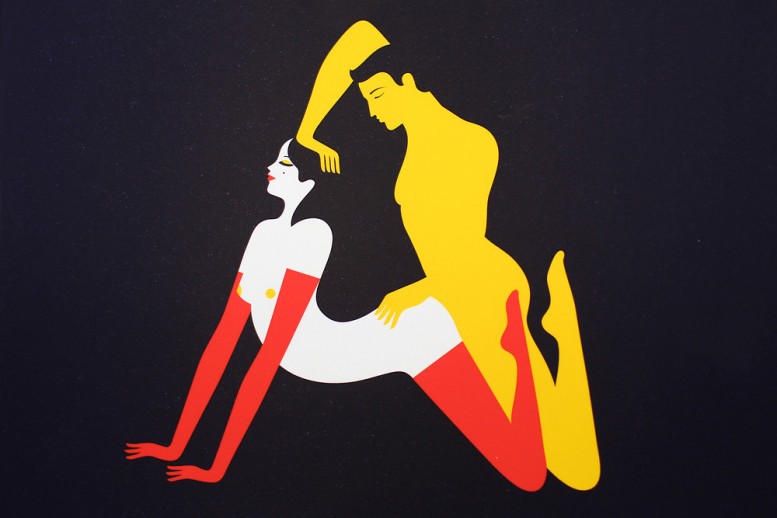 Illustration from the new edition
Illustration from the new edition
Hells Angels
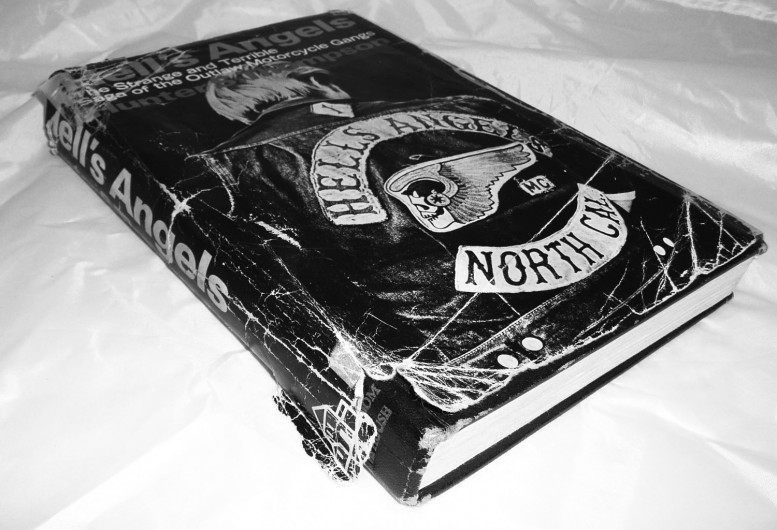 First edition of Hunter Thompson's first book Hells Angels.
First edition of Hunter Thompson's first book Hells Angels.
[BOOKS] The Cruise of the Rolling Junk
As the release date inches closer for the highly anticipated adaptation of that Mona Lisa of American literature The Great Gatsby, starring Leonardo DiCaprio and and Carry Mulligan, I can tell we'll be hearing a lot about the Fitzgeralds this year. The world that F Scott. Fitzgerald brought to the page was one contradictory to our current times, but perhaps because of our times there is a shred of vicarity to the whole thing. Now, from F. Scott and his wife Zelda, like an upper-crust version Bonnie & Clyde, comes the reprint of a story F. Scott once wrote for Motor magazine called The Cruise of the Rolling Junk. In an early series of journalistic pieces for Motor magazine, F. Scott Fitzgerald described a journey he took with his wife Zelda from Connecticut to Alabama in a clapped out automobile which he called the "Rolling Junk." It is a piece of writing whose style, in free-ranging alternation of fact and fiction, has been compared to Jerome K. Jerome's Three Men in a Boat. This book collects together the articles as one text, illustrated with the original illustrations of Fitzgerald, Zelda, and the "Junk." You can purchase the book here.
The Map and the Territory
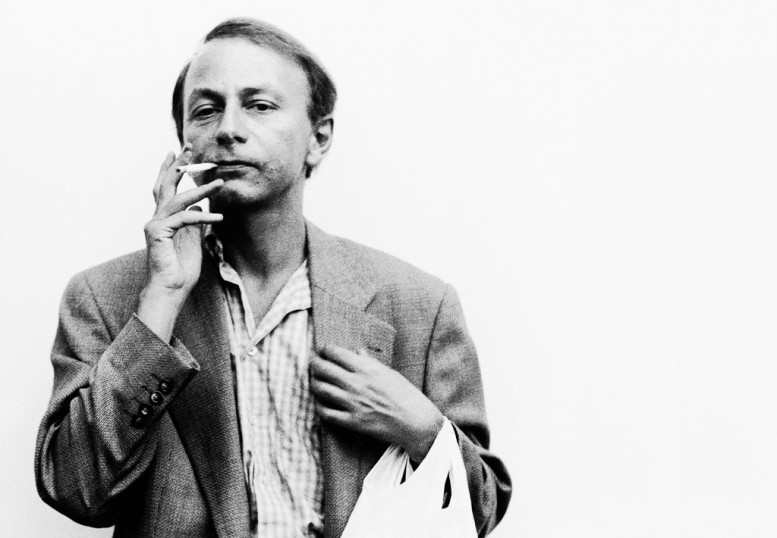
The most celebrated and controversial French novelist of our time, Michel Houellebecq, now delivers his magnum opus—about art and money, love and friendship and death, fathers and sons. The Map and the Territory


